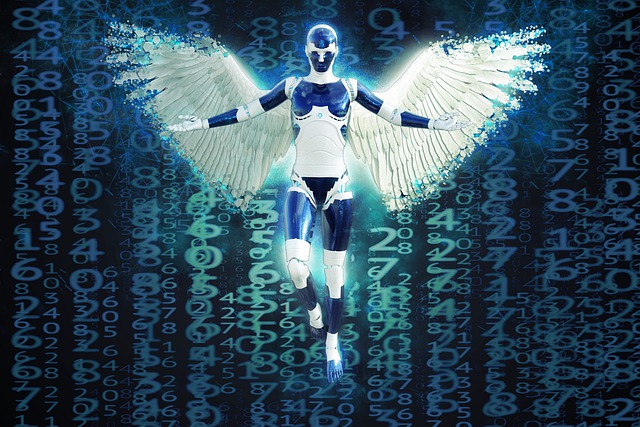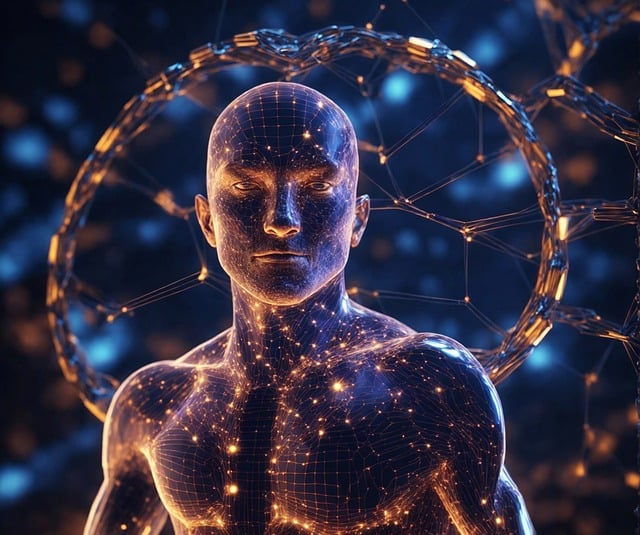From visual arts to music and literature, AI is revolutionizing the creative process, challenging traditional paradigms, and opening new avenues for artistic expression. This exploration will explore how AI is making its mark in the world of creative arts, examining how technology is reshaping the landscape of artistic creation.
Generative Art
Generative art is a fascinating intersection of technology and creativity, where AI algorithms take on the artist’s role. Machine learning models, particularly Generative Adversarial Networks (GANs), can autonomously produce visual artworks, ranging from paintings to digital illustrations. These algorithms learn from large datasets of existing art to create new and unique pieces, often pushing the boundaries of traditional artistic styles. Artists and programmers collaborate to develop algorithms that mimic and extend creative techniques. The results of generative AI on the arts are sometimes unpredictable and surreal, providing a fresh perspective on what is possible in visual arts. Generative art showcases the symbiotic relationship between human creativity and machine learning, offering a glimpse into the limitless possibilities of collaborative expression.
Music Composition and Production
AI’s foray into music composition and production has been met with curiosity and acclaim. AI algorithms can now compose music, generate harmonies, and even mimic the style of renowned musicians. Tools like Google’s Magenta Studio and AIVA illustrate how AI can assist musicians in the creative process, acting as collaborative partners rather than replacements. For example, AIVA (Artificial Intelligence Virtual Artist) is an AI system that can compose orchestral music in various genres. Musicians can input parameters such as mood, tempo, and style, and AIVA generates original compositions accordingly. This collaborative approach between human composers and AI allows for exploring new musical landscapes, challenging traditional notions of authorship.
Writing and Literature
In literature, AI is demonstrating its capacity to generate text, assist in editing, and even create entire stories. OpenAI’s GPT (Generative Pre-trained Transformer) models, including GPT-3, showcase the ability of AI to understand context and language nuances and generate coherent and contextually relevant text. AI-driven tools can assist writers in developing ideas, refining language, and even creating entire articles or stories. While the debate around the potential risks of AI-generated content continues, there is also excitement about the collaborative possibilities between human authors and AI. Authors can use AI as a creative assistant, enhancing their writing process by providing inspiration and generating suggestions.
Film and Animation
AI is making significant contributions to the film and animation industries, influencing the creative and technical aspects of content creation. AI algorithms can analyze vast datasets of films to predict audience preferences, inform storytelling decisions, and even suggest edits to enhance a film’s overall appeal. Moreover, AI plays a pivotal role in animation, streamlining the production process and offering new tools for animators. For example, AI-powered animation tools can generate lifelike movements by learning from real-world examples. This accelerates the animation process and opens doors to more dynamic and realistic character animations.

Integrating AI into the creative arts is a transformative journey reshaping how we perceive, create, and interact with art. From generative art to AI-assisted music composition, immersive experiences in AR and VR, and personalized art recommendations, the possibilities are expanding at a rapid pace. The synergy between human creativity and AI capabilities is evident, opening new frontiers for artistic expression. As people navigate this evolving landscape, it is essential to approach AI in the creative arts with a thoughtful and ethical mindset. Principles of fairness, transparency, and respect for intellectual property should guide collaborations between humans and AI. By harnessing the power of AI responsibly, people can unlock unprecedented creative potential and pave the way for a future where technology enhances the richness and diversity of artistic expression.

























